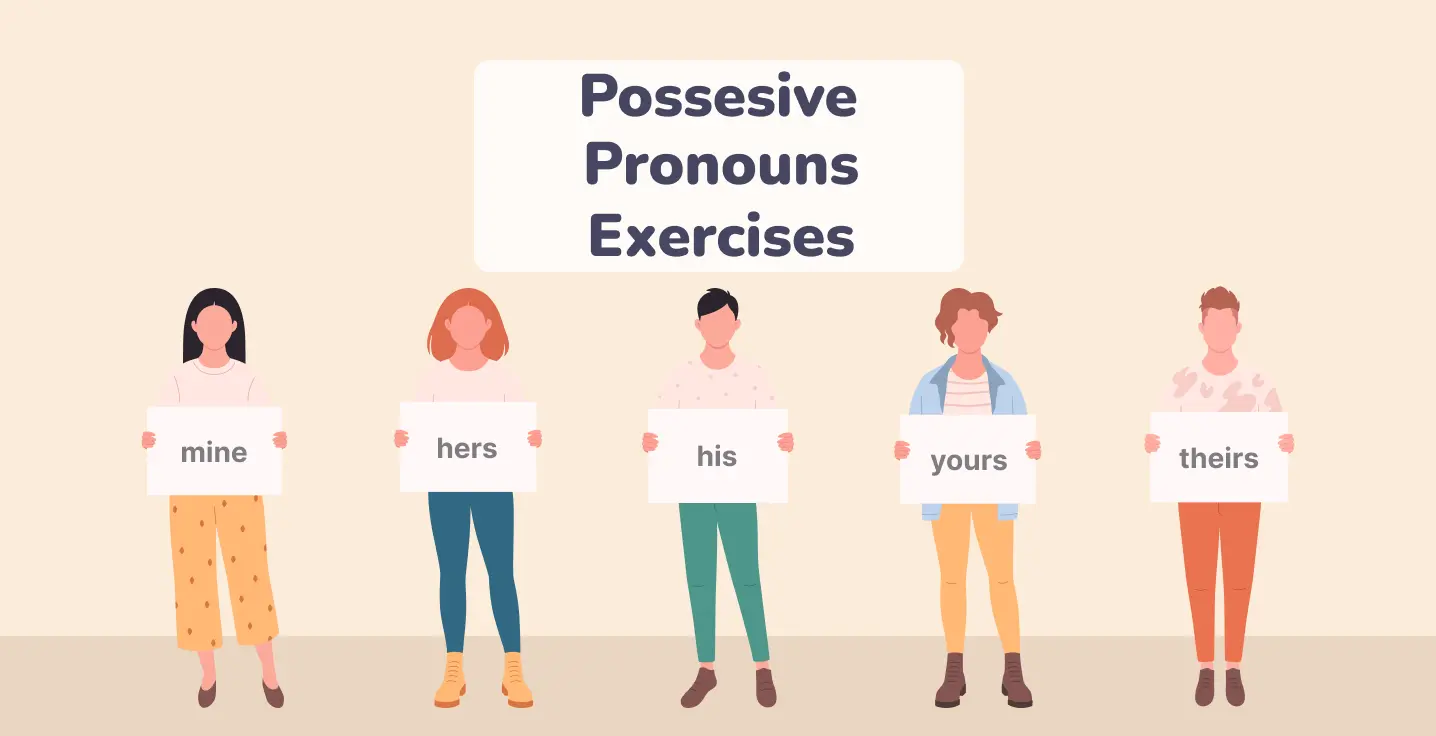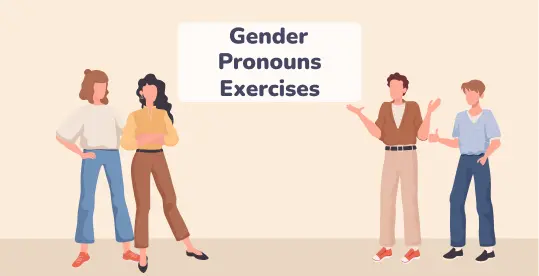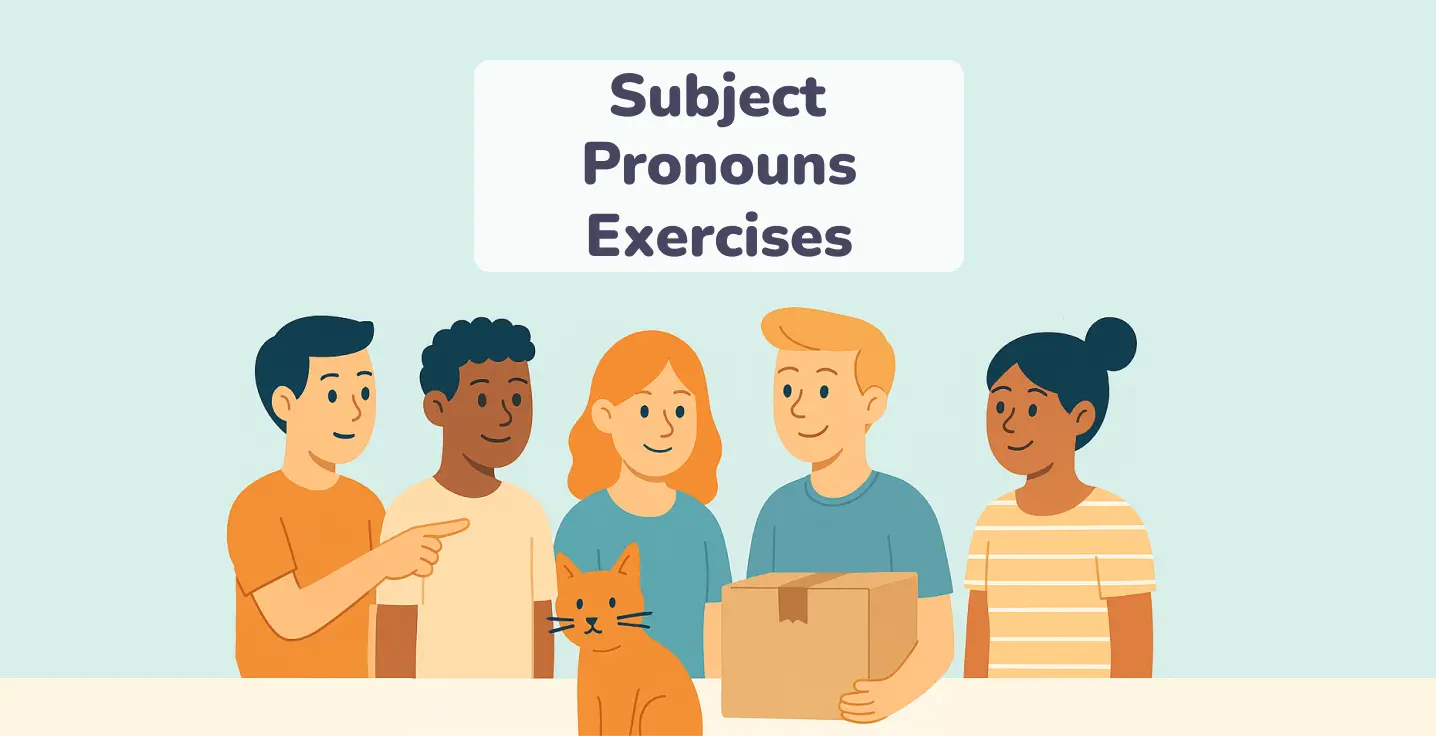Demonstrative pronouns exercises
Why demonstrative pronouns practice matters in learning English?
Drills with demonstrative pronouns help you make your statements clearer by letting you indicate exactly who or what you mean. Just like the proverb says, “A word fitly spoken is like apples of gold in a setting of silver,” the correct pronoun can make your English more expressive and confident.
Little things, like pointing to objects near or far, help your English feel alive and intuitive. Through short quizzes, fun activities and real-life examples, you’ll learn to use this, that, these, and those naturally, whether you’re talking about a book on your desk or a distant idea.
Even short daily practice can be very effective: a meta-analysis of 48 experiments of 3411 participants found that spaced repeated exercises had a strong effect on language learning, and longer pauses between practice sessions were particularly effective in long-term learning.
Using the demonstrative pronouns test made by our professionals, you may evaluate your ability and monitor your improvement in a significant manner. It makes you identify the areas of weakness, rejoice in your advancement and step by step towards speaking English just like your mother tongue.
Steps to get ready for any demonstrative pronouns quiz
A bit of structure can make all the difference before going into the demonstrative pronouns exercises with answers. These tips will help you prepare properly and comfortably while also making learning enjoyable.
-
Refresh the meaning and use
Remember that this and these point to things close by, while that and those refer to things farther away. This is so cute for the puppy sitting right in front of you, and That is playful for the dog running across the yard.
-
Speak and write your own examples
Turn the practice with demonstrative pronouns worksheet into your own little story. Say sentences like This smells amazing, Those were perfect, or That looks expensive. Writing things down or saying them aloud personalizes the language and helps it stick organically.
-
Bring it into real life
Use your surroundings as your classroom. Point to items while studying: This is mine, and those belong to Sarah. Adding actual context strengthens your sense of distance and plurality, making the pronouns in English come intuitively rather than by abstract rules.
When you mix repeated practice with everyday examples and your own sentences, demonstrative pronouns start to feel natural and easy to use.
Avoiding pitfalls in demonstrative pronouns activities
Even high-level learners sometimes have difficulties with demonstrative pronouns. The most popular pitfalls and how to avoid them are as follows.
- Singular vs. plural mix-up
This/that (singular) and these/those (plural) are the first ones that learners tend to mix up in a demonstrative pronouns exercise.
|
These is new.
|
These are new.
|
|
That are delicious.
|
That is delicious.
|
Tip: Record yourself saying sentences aloud. Hearing your own voice helps the singular vs. plural forms become automatic.
- Distance confusion
Another type of hiccup that is common is mixing near and far. The best solution is to practice and point to objects when doing so: close = this/these, far = that/those.
|
That is my kitten. (near)
|
This is my kitten. (far)
|
|
These are huge mountains over there.
|
Those are mountains over there.
|
Tip: Body language is your trump card. The closer you are in terms of using the physical connection of the pronoun and object, the quicker it sticks.
- Using demonstratives with uncountable nouns
Demonstrative pronouns replace a noun entirely, so be careful when referring to uncountable nouns such as water, advice, furniture, money, or bread. You cannot use these or those with them — only this or that.
|
These are fresh.
|
This is fresh.
|
|
Those are useful.
|
This is useful.
|
Tip: If something cannot be counted, imagine it as one whole and use this or that.
Distinct plural, correct distance, and reasonable allusions enable you to speak positively. Demonstrative pronouns are soon instinctive with practice.
Conclusion
During the process of learning English, demonstrative pronouns can be considered a small thing, yet it has a significant influence on the way you articulate yourself. Don’t worry about errors, they are normal and every quiz or sentence to practice or any real-life example makes you improve.
The more you do demonstrative pronouns exercise with answers, the sooner they will become instinctive, which will be almost second nature. Continue experimenting, pointing, and talking, and your English will be alive, expressive, and clearly yours.







